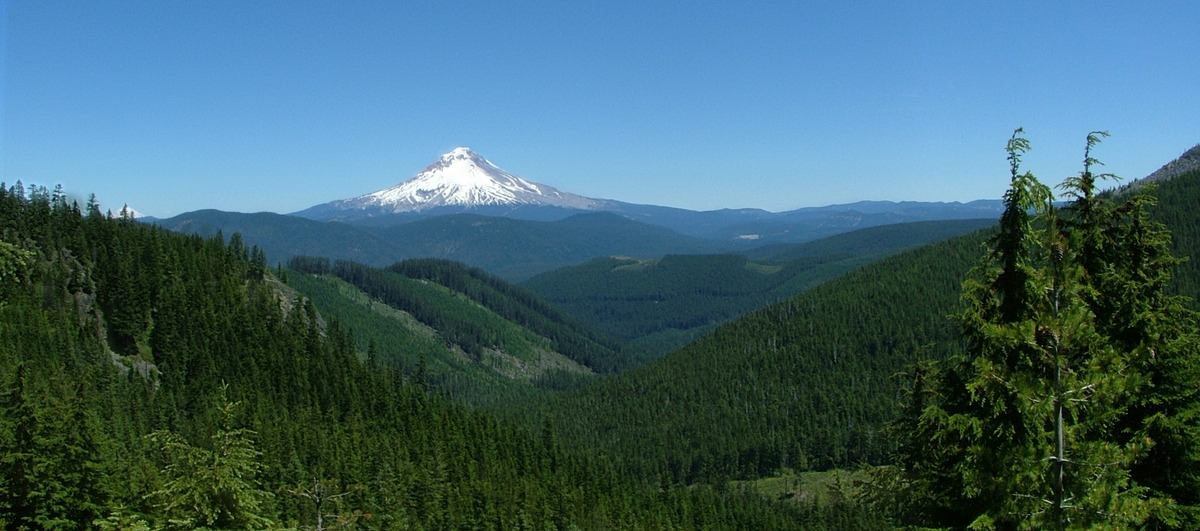New NEPA regulations governing the U.S. Forest Service would cut the public out of public land management
Submit a public comment today and fight for your right to make your voice heard!
On July 3rd, 2025, the U.S. Department of Agriculture released an interim final rule changing NEPA implementation procedures for all of its agencies, including the Forest Service. These regulations come in response to the administration’s rescission of the Council of Environmental Quality’s NEPA implementing regulations earlier this year, which prompted each agency to craft its own NEPA regulations.
The new USDA NEPA implementation regulations:
- Strip away mechanisms for public input, including doing away with requirements for scoping and public comment periods. The agency will also no longer be required to provide a Schedule of Proposed Actions to the public.
- Expand the use of Categorical Exclusions (CEs) without a reasoned basis, and allow for the mass adoption of all USDA subcomponents’ CEs. That is, if any USDA subcomponent has a CE, it is now available to other subcomponents. This means the Forest Service could, for example, use the Farm Service Agency’s CEs for road construction, dam construction, upland habitat management, bridges, dikes, levees, or diversions.
- Introduce strict timelines for completion of NEPA analysis. The guidance institutes 1-2-year timelines for NEPA projects and directs agencies to publish unfinished EAs or EISs on or before the deadline unless more work is needed to serve the purpose of informing the decision.
- Limit the scope of impacts under consideration. The guidance states that effects “should generally not be considered if they are remote in time, geographically remote, or the product of a lengthy causal chain.”
- Allow agencies to rely on previous EAs or EISs “where it makes sense to do so” but must explain why this is adequate.
- Remove “American Indians and Alaska Native religious or cultural sites” from resource conditions that may give rise to “extraordinary circumstances” while claiming that these regulations would not impact Tribes, and thus there was no need to consult with Tribes about these changes.
These policy changes highlight how the current administration is systematically prioritizing timber production and industry profits at the expense of public transparency, accountability, and environmental protections. When finalized, these regulations will impact the management of all 193 million acres of land that the Forest Service manages, including Mt. Hood, Willamette, Umpqua, Siuslaw, and Rogue River-Siskiyou National Forests.
But it’s not too late to have a say! Submit your public comment through the form below by August 4th at 11:59 pm EDT. (Note: the deadline was extended from July 30th to August 4th)
While we provide the following language for guidance, we strongly encourage you to personalize your comment. Read more about best practices for submitting comments here.
